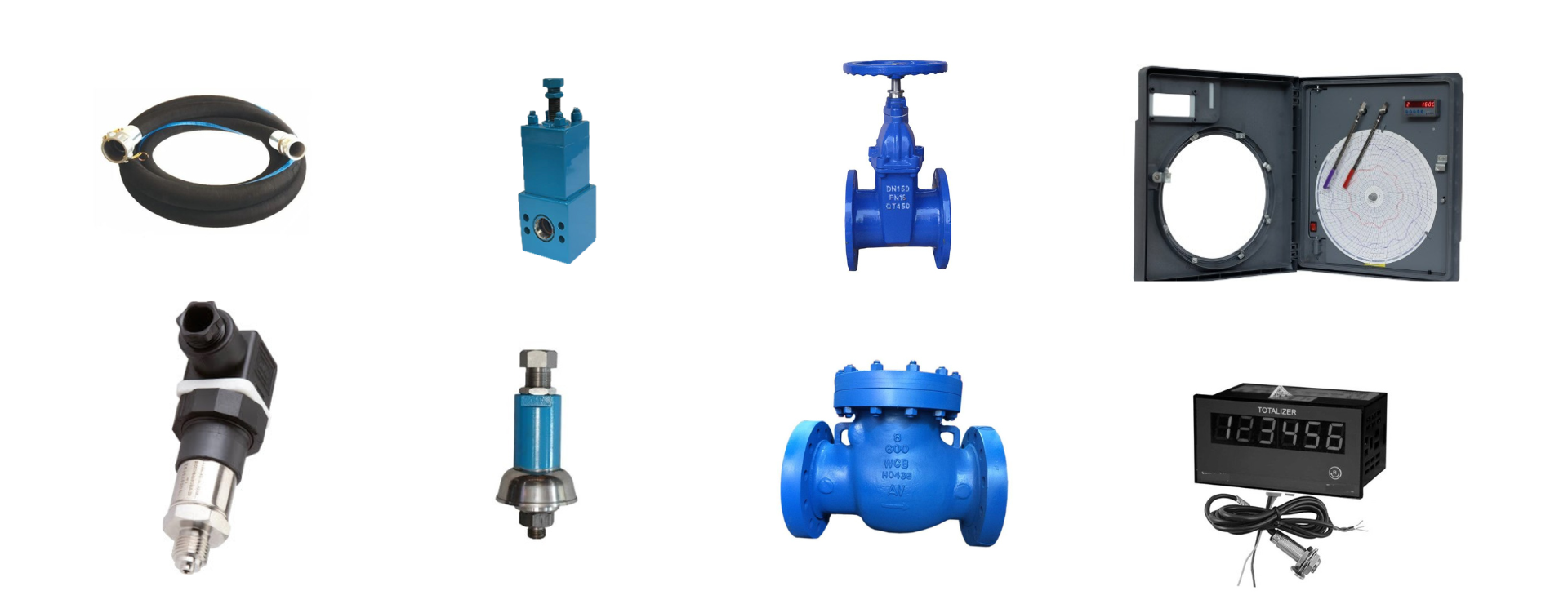
Suction and discharge hoses are essential components that facilitate the transfer of water or other testing fluids to and from the hydro-testing pump. These hoses are designed to withstand high pressures and ensure efficient fluid handling during the testing process.
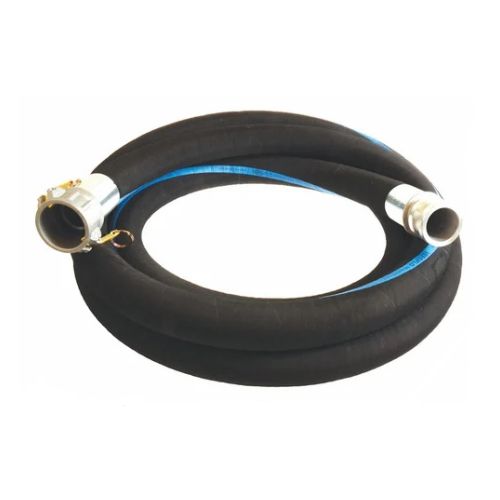
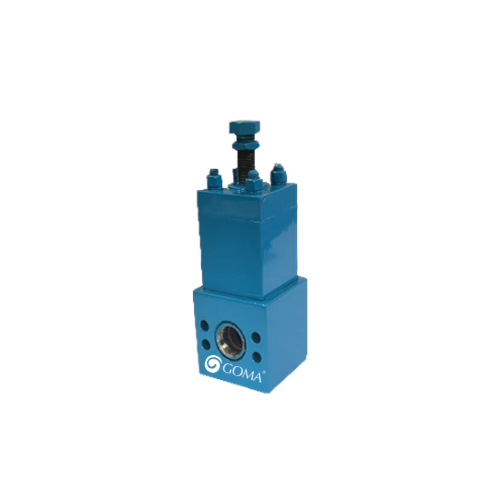
Pressure-regulating valves are used to control and maintain the desired pressure level during hydro testing. They ensure that the test conditions remain consistent and within safe operating limits, preventing over-pressurization of the equipment being tested.
Isolation valves are used to isolate sections of the hydraulic system during testing, allowing for controlled pressure application to specific components. Non-return valves (NRV) prevent the backflow of fluids, maintaining pressure integrity and preventing contamination.

Pressure safety valves are essential for protecting high-pressure systems. They automatically release excess pressure when it exceeds set limits, preventing equipment damage and ensuring operator safety in hydro testing operations.
Precision-engineered pressure switches enable real-time monitoring and control of hydro testing systems. They automate operations, maintain safety, and prevent pressure-related damage in high-pressure environments.
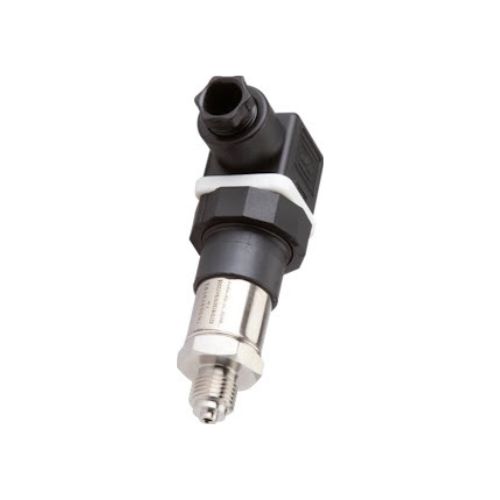
Pressure gauges are used to measure and display the pressure of the testing fluid within the system. They provide real-time feedback on pressure levels, allowing operators to monitor and adjust parameters as needed during testing.
Chart recorders and digital stroke counters are instruments used to record and monitor key parameters during hydro testing. Chart recorders provide a graphical representation of pressure changes over time, facilitating analysis and documentation of test results.
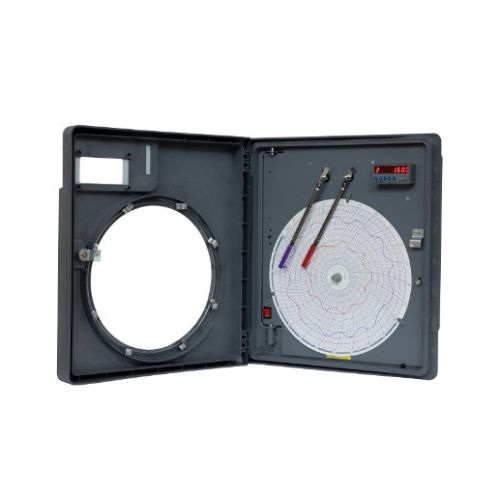
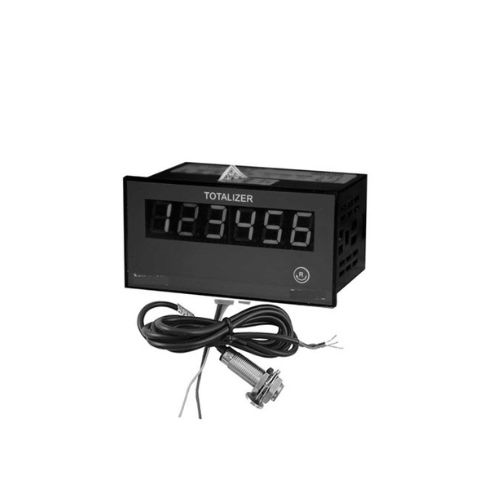
Digital stroke counters accurately measure the number of strokes or cycles performed by the testing pump, ensuring precise control and monitoring of the testing process.